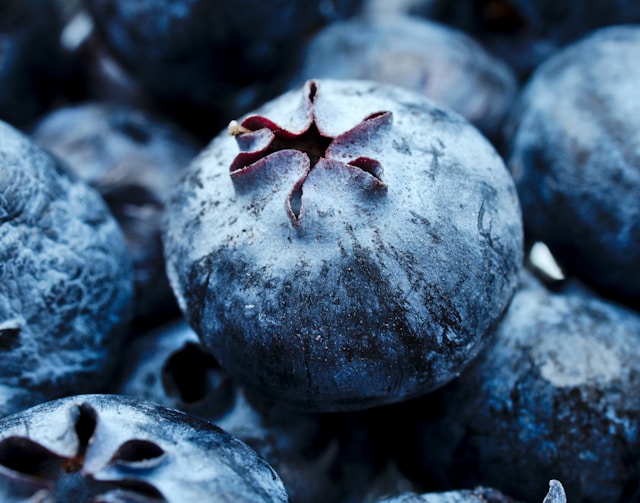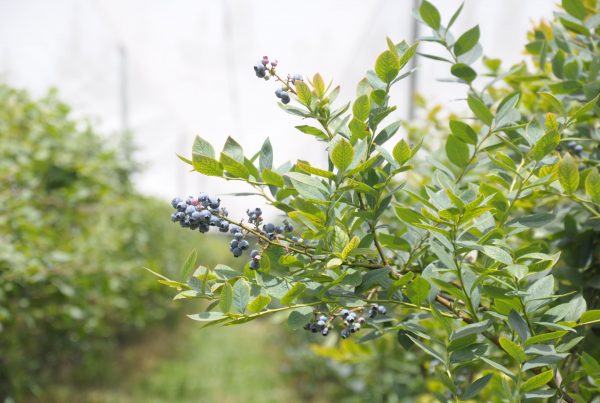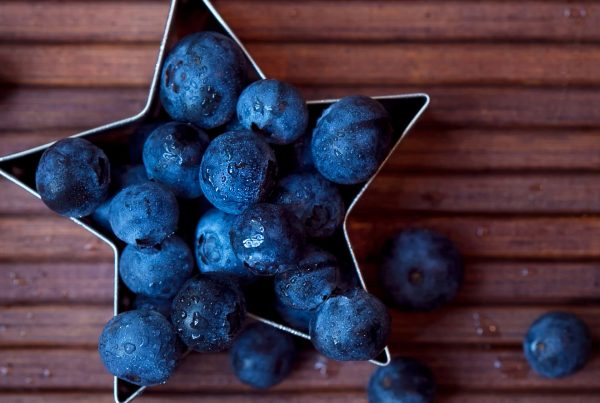Newsletter 192 – 08.18.2025
We are facing a new campaign, with all the challenges that this entails. There is no doubt that the blueberry is one of the most successful fruits of the last decade, showing vertiginous growth and conquering new consumers every day. To the point that it has become "the fruit-golosin" of modern society. But the way to achieve this has not been easy. One of the aspects that has worked the most has been the varietal. There is a constant search for new varieties. At first a variety was sought that presented better agronomic characteristics (variety resistance, performance). Then, the need for fruit to reach the markets with better quality and condition was added. Today, the issue has become even more complex. New genetics must respond to multiple aspects such as what related to climate change, logistics, costs, etc.
Quality
In order for the blueberry to consolidate as the new treat, it is essential to reach the best possible quality, both internal and external. Guaranteeing excellent quality is the key to continuing to drive consumption. Good quality has to lead us to the act of consuming a fruit is "an overcoming experience." This implies taking into account a set of sensory attributes: sweetness, sugar/acidity relationship, firmness, mouth sensation, skin thickness, etc. The experience must be so satisfactory that, seeing blueberries in the minorities, the consumer automatically feels the desire to consume them again.
Example of this change is Peru, which constantly seeks overlapping varieties. A decade ago, 80% of its production was concentrated in 2 varieties: Biloxis and Rocío. Currently around 65 varieades are grown. Ventura has taken the first place on the surface, followed by Biloxis, Sekoya Pop, Rocio, Mágica, Atlasblue, Emerald, Rosita, Sekoya Beauty, Raimy, Eureka Sunrise, Madeira, etc.
Post -harvest life
At the beginning of trade in the southern hemisphere, much of the blueberries was sent by plane. Therefore, durability was not a critical factor, since blueberries reached the gondolas a few days after the harvest. However, for costs of costs and environmental, air transport was replaced by the ship, so post -harvest life became a priority. This change was especially important for Chile, which restructured its industry. The country implemented a varietal classification program, with the aim of promoting the export of varieties that would guarantee a good condition upon arrival. Thanks to this, in 2024/25, 75% of the shipments corresponded to recommended varieties (Group 1), while those not recommended fell to less than 3%.
Adaptation to climate change
The climate is becoming increasingly erratic, with extremes of temperatures, heavy rains, droughts, storms, increasingly frequent hails. This new scenario has acquired importance in the varietal team, since climate change became a reality. Peru suffered it during his 2023/24 campaign, when due to the child he practically had no winter. The Ventura variety, which until then had been one of the most successful, contributing a third of shipments, was one of the most affected by the lack of cold. This weakness against atypical climatic conditions stopped enthusiasm. As a consequence it suffered a setback and in 2025-26 only 22% of the total exported participated.
Cost of patented varieties
The cost to be paid for the new patented varieties is not low, and represents a significant challenge when starting a new crop or replacing avariety. To this disbursement is added in many cases, greater uncertainty regarding productive and commercial behavior. This becomes even more challenging in the face of the fall in profitability, product of the lower prices that are currently being paid in the markets. Another factor that generates doubts about the convenience of the patented is the lack of price differentiation by variety in the main destinations. Both in the US and Europe there is no differentiation between varieties, what prevails is the quality of the product. The situation is different in China, where there is a price differential according to the variety.
Early-late varieties and production concentration
The constant increase in supply generates market saturation during productive peaks. This situation affects the northern hemisphere in July and the South in October-November (Peru) and in January (Chile).To avoid these weeks in which prices reach their minimum and the business becomes unprofitable, areas with different productive cycles are sought or pruning are handled. Another alternative is to grow early and late varieties. To this is added another characteristic to take into account: the possibility of concentrating or extending the harvest according to genetics. A concentrated harvest facilitates collection. However, according to the evolution of the business, a higher plasticity begins to be valued at the time of collection.
Mechanical harvest
Manual collection represents one of the main concerns for all producing countries. It is one of the determining factors when evaluating the competitive of a region. Cost differences are usually significant: for example, in the Netherlands the cost of labor almost doubles that of Eastern Europe, this in turn exceeds that of Chile and 30% to Peru. In addition to the cost itself, the management of a large number of personnel during the most important moments of the campaign presents an additional challenge. From the pandemic it is added that it becomes increasingly difficult to get enough labor. For these reasons, more and more increases interest in automating or, at least, facilitating this task. In this sense, the characteristics of each variety can also favor mechanization or not.









